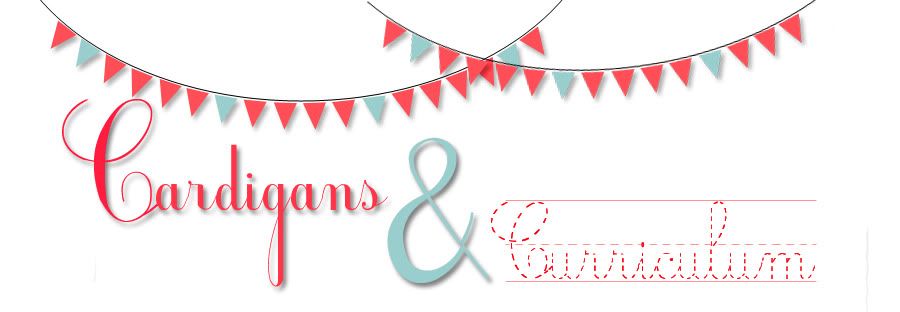Over the years I have introduced visualizing in many ways, and I've tried many exercises to sharpen the mind's eye.
There is a time and a place for using a picture book to teach visualizing, but I really love working on visualizing with portions of novels. I love using a section of a novel to help peak student interest in that direction.
So, Charlie and the Chocolate Factory is an old classic, some of your students may have read it, and some may have seen the movie.
At first, I was apprehensive to use this book for visualizing, because I knew many students had seen the movie and I figure they might be visualizing what they remember from the movie....Then, the more I thought about it, I became okay with the idea.
So, the goal is for them to hear/read words and then see it in their mind. Even if their mental images look like the movie, they are still using the skill. AND, for students that struggle to visualize, picturing the movie actually scaffolds them into practicing the skill.
I have this edition of the book from Amazon. When I did this lesson, I had a class set of the books. But, I feel that in good faith, and in compliance with copyright laws, you could type up a few paragraphs to use as a class set hand-out. (Education World currently has a great series going about this topic.)
Here's a quick run down of how I taught this kind-of-mini-lesson:
1) *Each year I did various things to discuss visualizing, what it meant, etc...Sometimes I used Tanny McGregor's ideas from Comprehension Connections. Do whatever works for you.*
2) I gave my students paper and pencils, but had them keep them inside their desk, hands off of the materials at first. They had to have a clear desk. I told them that I would read a portion of the book, and that they would need to visualize as I read. I read the first few pages of Chapter 15, The Chocolate Room, aloud to students. (Without them having a copy.)
This portion chapter goes into beautiful detail to describe
3) After the reading, I had students draw as much as they could remember.
This is a big big big thing for teachers to keep in mind:
When trying to retell, students who fail to visualize tend to just regurgitate words they remember. Students who visualize and saw it clearly in their mind can recall details of their visualization. They discuss what they SAW rather than words they HEARD.
So, I want my students to draw what they saw in their brains.
4) I read the same portion to students again, and have the continue into their drawing as they listen.
5) I have students share their drawings with an table buddy and discuss what they saw in their heads.
6) As a class, we discuss how we experienced not just seeing in our mind, but hearing, smelling, tasting, etc. (You could even have a chart up of each of the 5 senses and have students right on sticky notes about the sensory detail they visualized, etc.)
Some of the great descriptions in this section include the appearance and the sounds of the chocolate waterfall, imagery about the pipes that carried the chocolate, etc.
7) For some independent practice OR a station activity later, you can use a portion of Chapter 20, The Great Gum Machine. Have students read it independently and then try to draw what they saw there.
OR
I also love having students practice this super simple visualization partner exercise:
a. Read the first part of this chapter silently, and when they finish immediately put it in their desk, no peaking!
b. Turn to a table partner and describe what they saw in their mind.
c. Walk around and listen, you will be able to tell who saw it and who didn't.
d. Share as a class.
Charlie and the Chocolate Factory offers many sections that you can continue utilizing for visualization, another favorite of mine is Chapter 21, Good-by Violet. It describes violet's swelling and change of appearance in the middle. Or, you could use the OOmpa-Loompa's song/poem at the end of the chapter.
I find this book to be especially engaging, but these same strategies can be used with any portion of a book that offers great imagery/sensory details! And, BONUS--Later you can re-use this portion of the book when you are teaching imagery or sensory details! ;-)
TEKS ADDRESSED: (8) Reading/Comprehension of Literary Text/Sensory Language. Students understand, make inferences
and draw conclusions about how an author's sensory language creates imagery in literary text and provide
evidence from text to support their understanding. Students are expected to evaluate the impact of sensory
details, imagery, and figurative language in literary text.
Figure 19: Reading/Comprehension Skills. Students use a flexible range of metacognitive reading skills in both
assigned and independent reading to understand an author’s message. Students will continue to apply
earlier standards with greater depth in increasingly more complex texts as they become self-directed,
critical readers. The student is expected to: (C) monitor and adjust comprehension (e.g., using background knowledge, creating sensory
images, re-reading a portion aloud, generating questions)










No comments:
Post a Comment